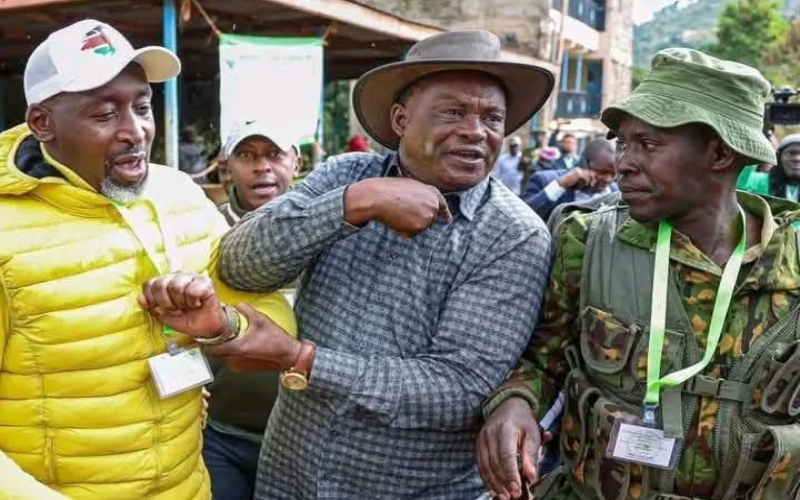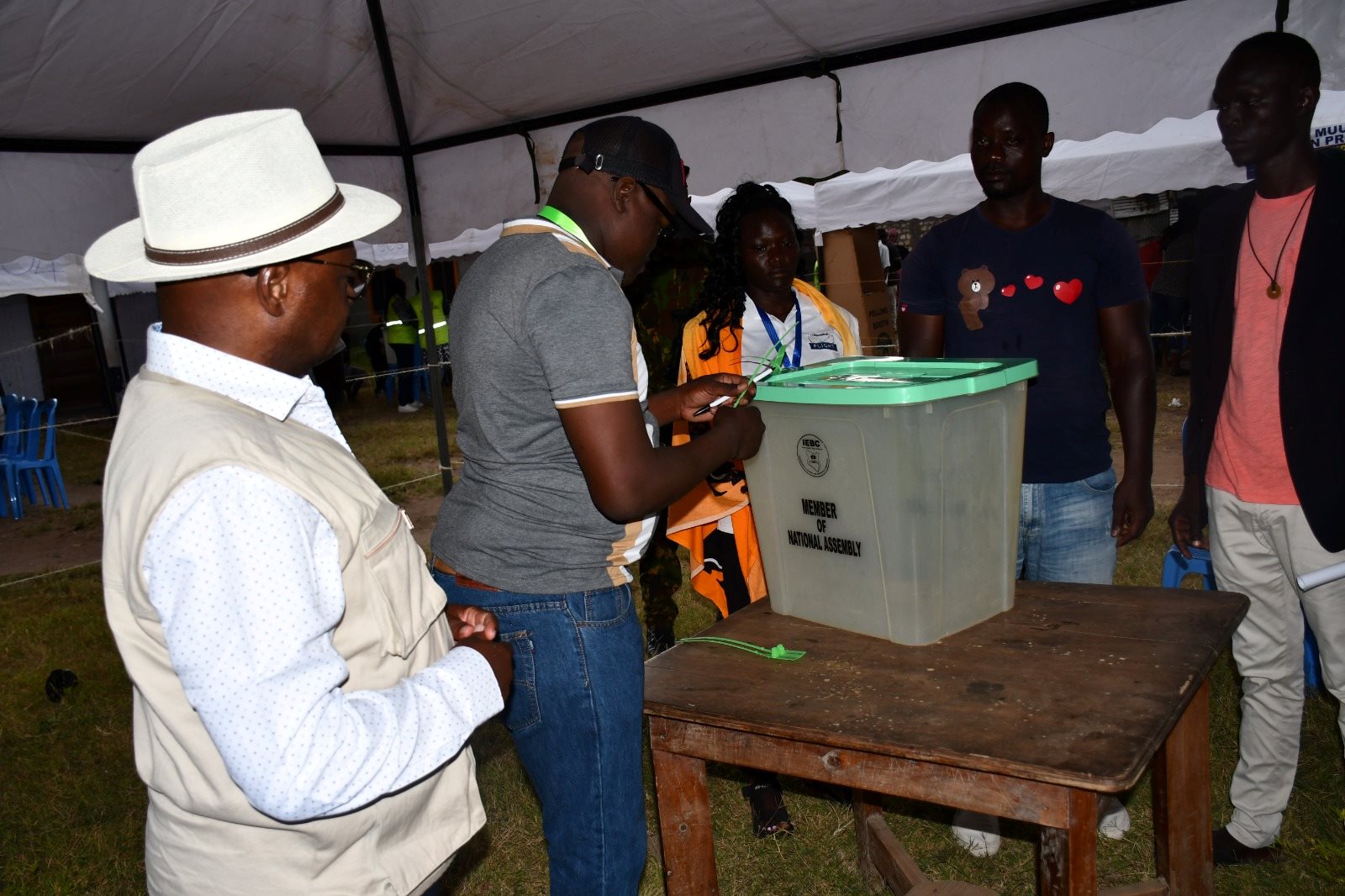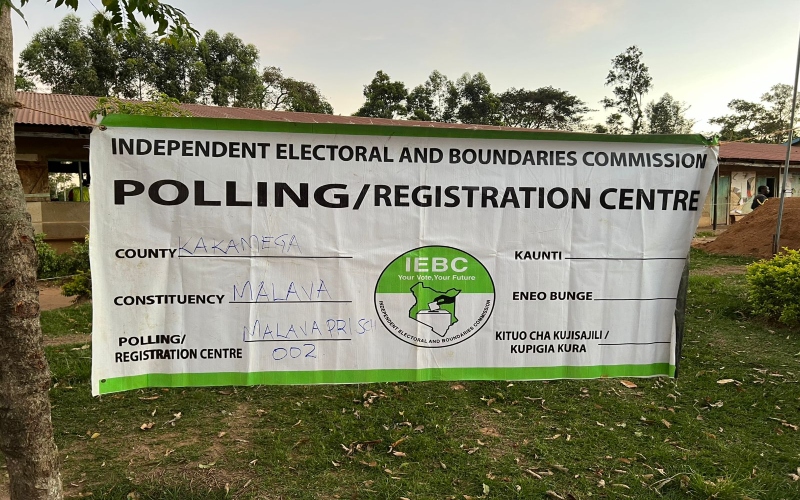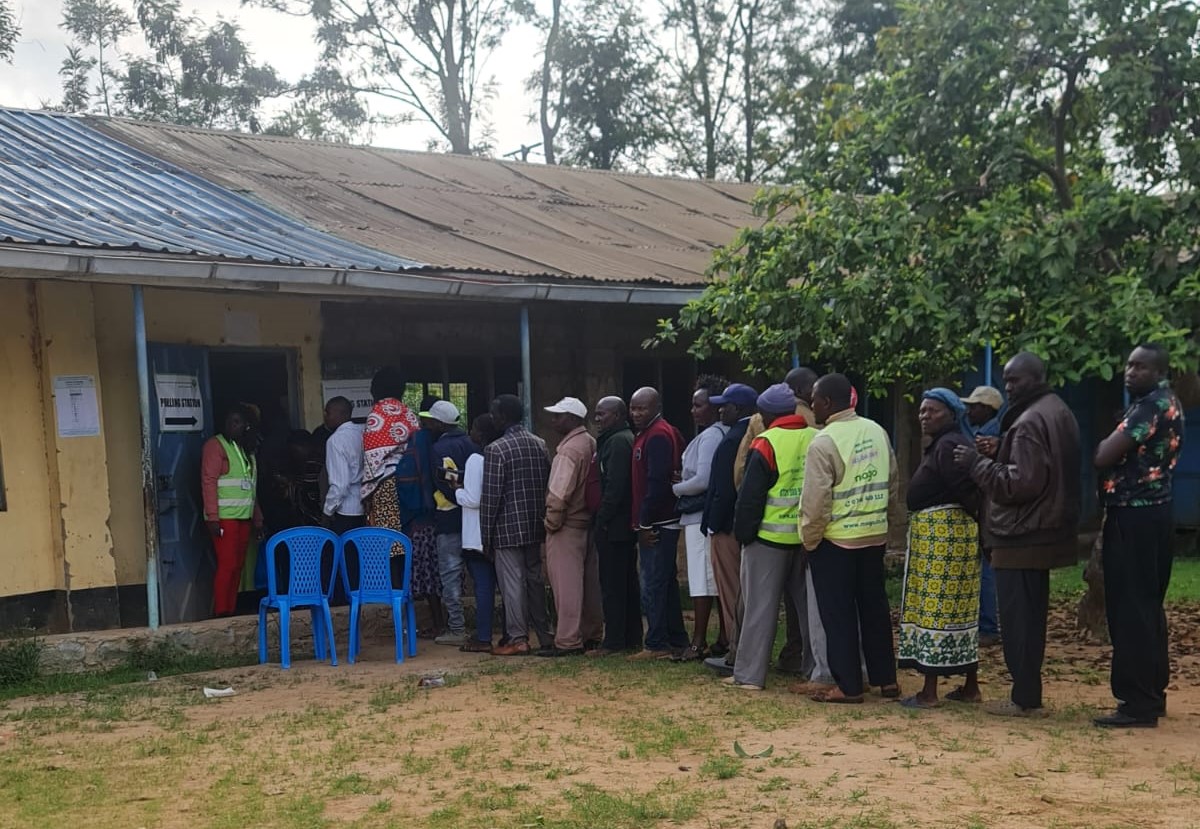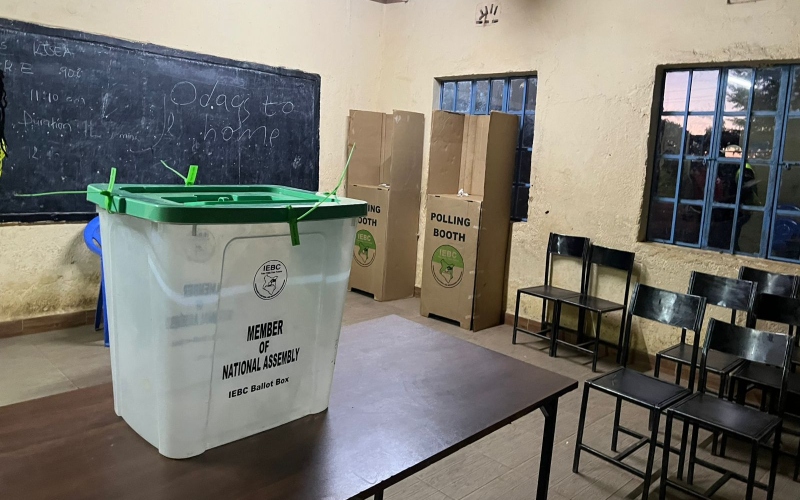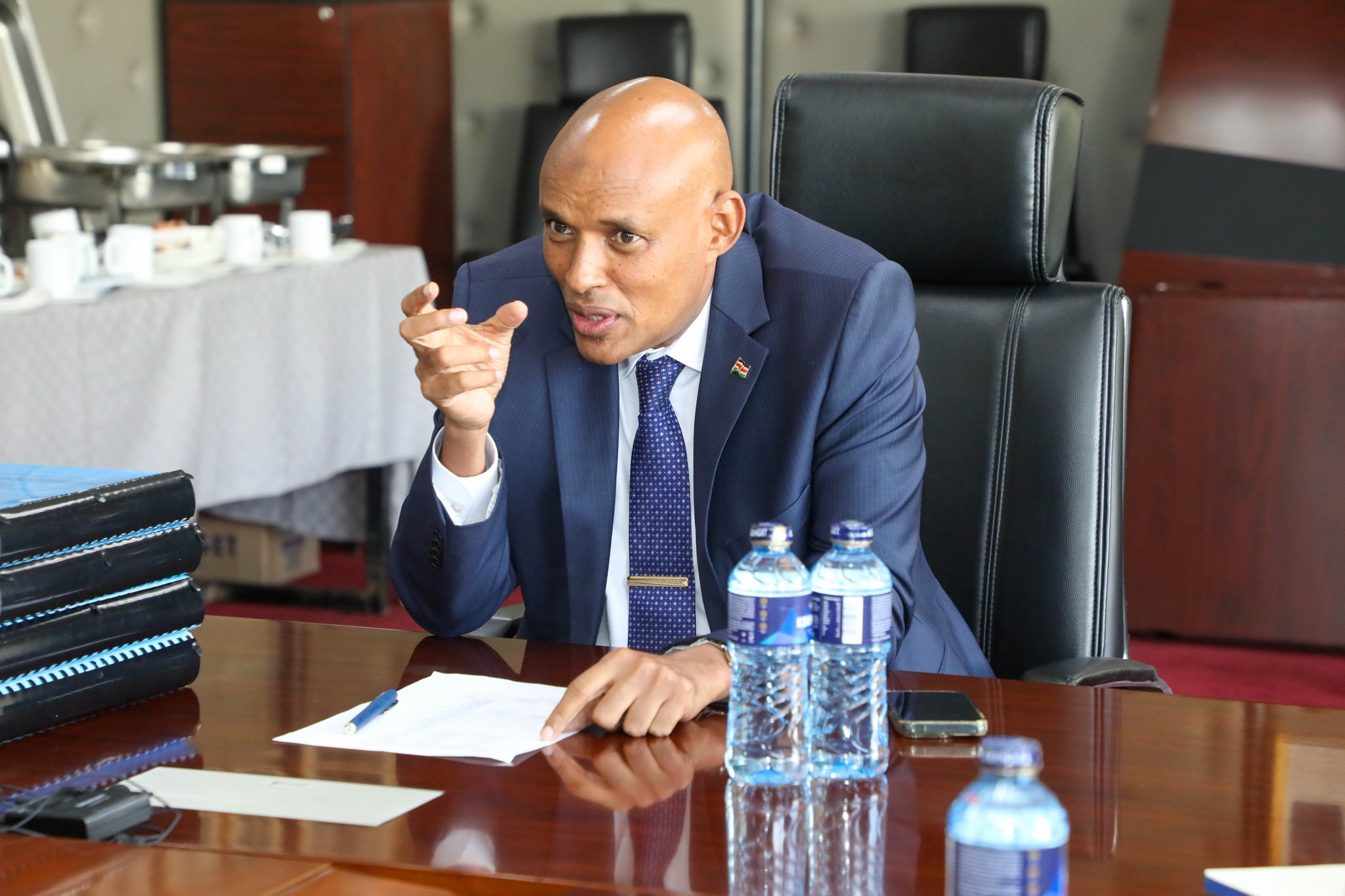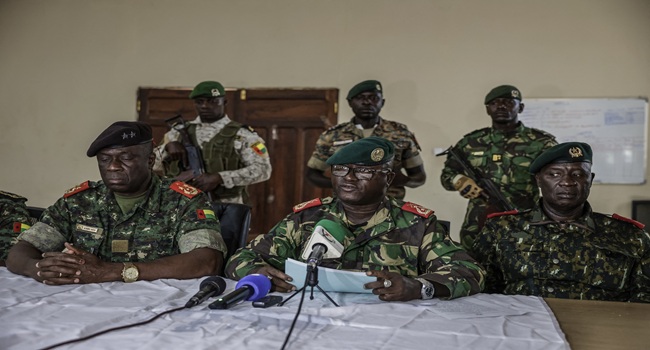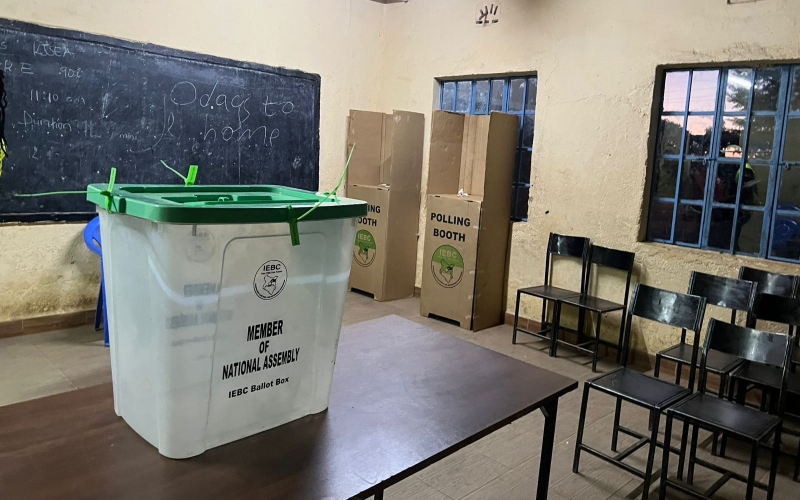High Court nullifies Communications Authority's broadcast ban on June 25 demos
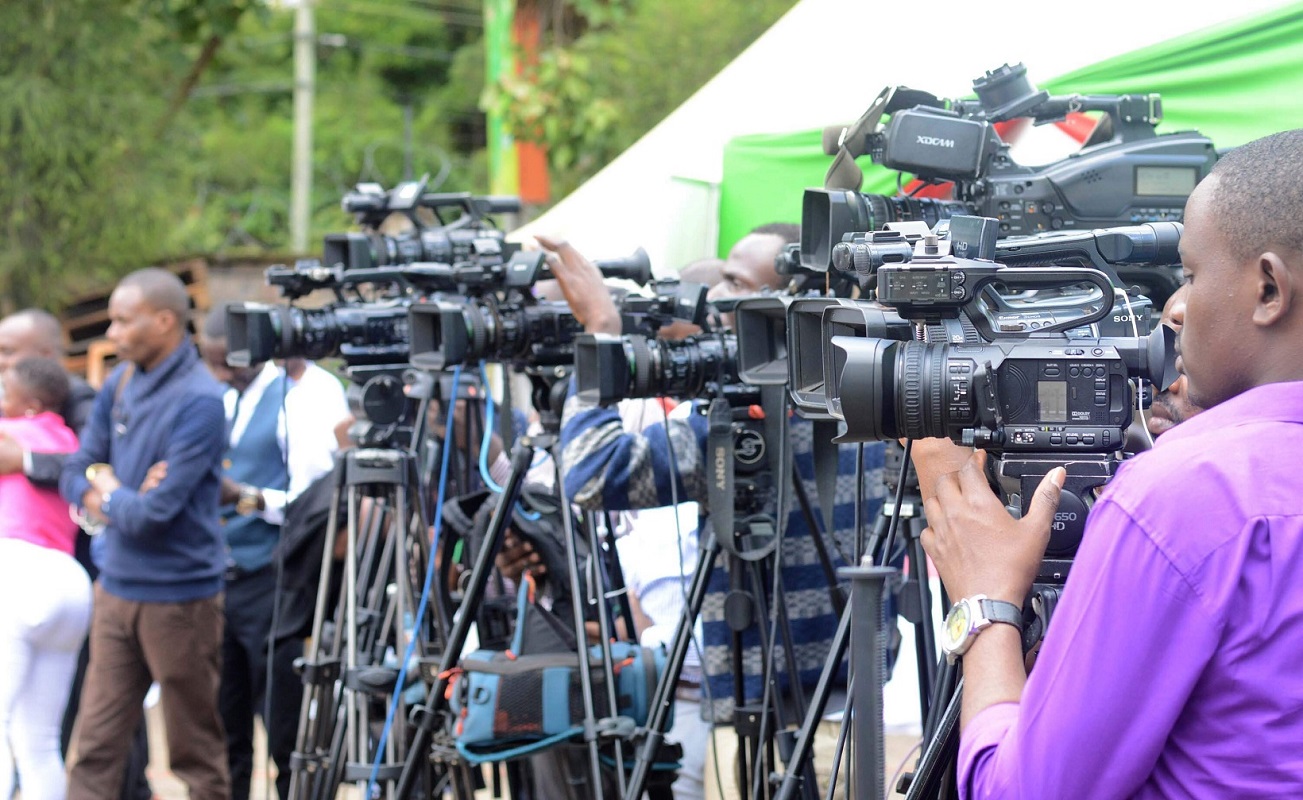
Human rights groups had criticised the ban, arguing it was intended to conceal state abuses and instances of police brutality.
The High Court has nullified a government directive that sought to stop live broadcasting of the June 25 demonstrations, ruling it unconstitutional and unlawful.
Justice John Chigiti issued the judgment on Thursday, quashing the Communications Authority of Kenya (CA) order and prohibiting its enforcement by any state agency.
More To Read
- Communications Authority dismisses claims of mandatory biometric data for SIM registration
- Communications Authority of Kenya takes LSK to court over controversial cybercrime law
- Kenya records 842 million cyber threats as AI-powered attacks escalate
- CA orders telecom operators to adopt licensed digital certification services or face penalties
- Telecom operators ordered to adopt approved digital certificates by January 2026
- Safaricom leads Kenya’s fixed data and internet market - CA
“The High Court has allowed our judicial review application challenging the unconstitutional directive issued by the CA Kenya, which had ordered all television and radio stations to cease live coverage of the June 25 public demonstrations,” the Katiba Institute announced following the ruling.
“The judge found the directive illegal and unconstitutional, quashed it in its entirety, and prohibited the Communications Authority and any other state agency from enforcing it.”
The case was brought to court by the Katiba Institute in collaboration with the Kenya Human Rights Commission (KHRC), following police raids on the transmission sites of Citizen TV, NTV, and KTN, which led to an unlawful suspension of their free-to-air services. The CA had warned that broadcasters ignoring the directive risked regulatory sanctions, including license revocation.
In court, the two organisations argued that the CA directive violated constitutional freedoms of expression, media and access to information under Articles 33, 34, and 35. They also cited breaches of the right to fair administrative action and due process under Article 47 and the Fair Administrative Action Act.
The applicants further noted that the directive contravened earlier court rulings, including Republic v Chiloba (2023) and Kenya Union of Journalists v CAK (2024), which confirmed that the CAK lacks authority to regulate broadcast content—a role constitutionally assigned to the Media Council of Kenya.
“The gag order endangers democratic accountability, allows unchecked police violence, and erodes Kenya’s constitutional order,” the Katiba Institute and KHRC said.
They sought urgent orders to suspend the CA memo, restore broadcast services and restrain enforcement of the directive.
The original directive, issued by CA Director General David Mugonyi, claimed that broadcasting the protests violated the Constitution and section 461 of the Kenya Information and Communications Act.
“This is therefore to direct all television and radio stations to stop any live coverage of the demonstrations forthwith. Failure to abide by this directive will result in regulatory action as stipulated in the Kenya Information and Communications Act, 1998,” the order read in part.
Human rights groups had criticised the ban, arguing it was intended to conceal state abuses and instances of police brutality. Shortly after issuing the directive, the CA raided the Limuru transmission station, cutting free-to-air signals for major TV stations. Despite the blackout, coverage continued on social media platforms, and satellite TV viewers were still able to follow the protests.
The High Court’s decision now restores media freedom and the public’s right to access real-time information during demonstrations, effectively preventing the government from blocking live coverage in the future.
Top Stories Today
